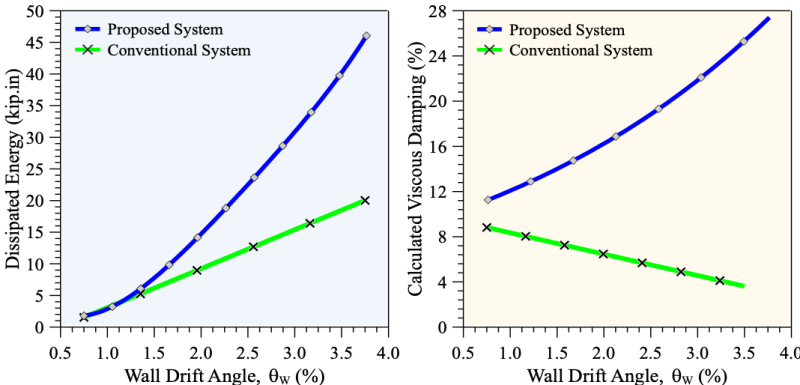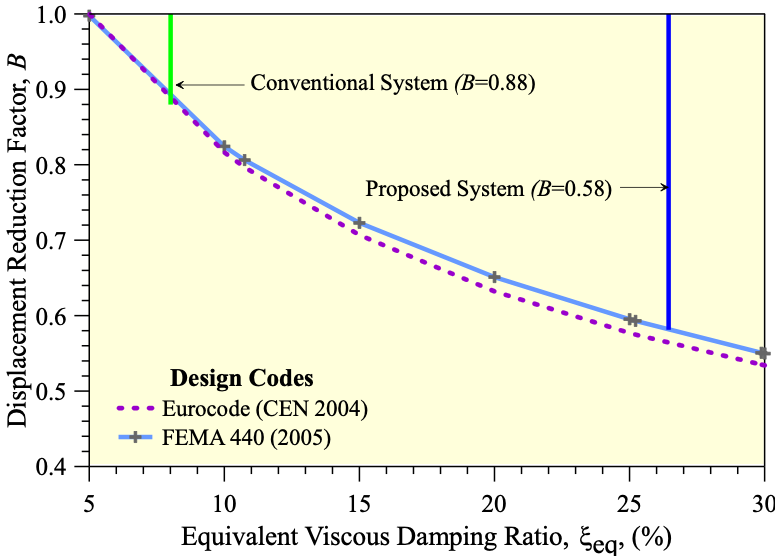Lateral Response of Self-Centering Unbonded Post-Tensioned Pendulum Shear Walls
Lateral Response of Self-Centering Unbonded Post-Tensioned Pendulum Shear Walls (Prof. Silva)
Research Motivation:
A grand challenge in earthquake engineering is to develop construction systems that can resist extreme seismic events, such as earthquakes, with minimum or no damage. Systems designed according to this philosophy will result in immediate occupancy and minimum economic losses after an extreme event. Progress has been made towards this goal with the development of un-bonded post-tensioned shear walls, yet limiting issues persist. This research proposes an innovative concept for use in the design of structural wall systems to resist lateral loads in buildings that can perform damage free.
Proposed Research:
The concept consists of un-bonded post-tensioned reinforced concrete walls that interact with the foundation via a curved surface. Lateral deformations are accommodated through a pendulum-type motion as the wall slides along the bottom curved surface. Lateral resistance is provided by friction along the curved surface and the vertical un-bonded post-tensioned cables. Theresult is a new technology related to the design of damage-free structural systems, and a new way of thinking about leveraging system geometry and deformations for enhanced resilient and sustainable infrastructure.
Research Outcomes:
A main advantage of constructing a footing interface in the shape of a circular profile is an increase in the system energy dissipation capacity through friction. Ensuring a gliding motion without uplift provided for shear walls to dissipate high levels of energy through contract friction while behaving damage-free and returning to its original configuration. For instance, test units were capable of dissipating four times more energy than other typical structures while behaving damage free. This translate in nearly a 40% decrease in the lateral displacement demands on the system. As such, it can hypothesized that the superior energy dissipation capacity of pendulum UPTS walls translates in an improved system performance. This condition will be evaluated in future research using nonlinear time history analysis for systems subjected to ground motions.




